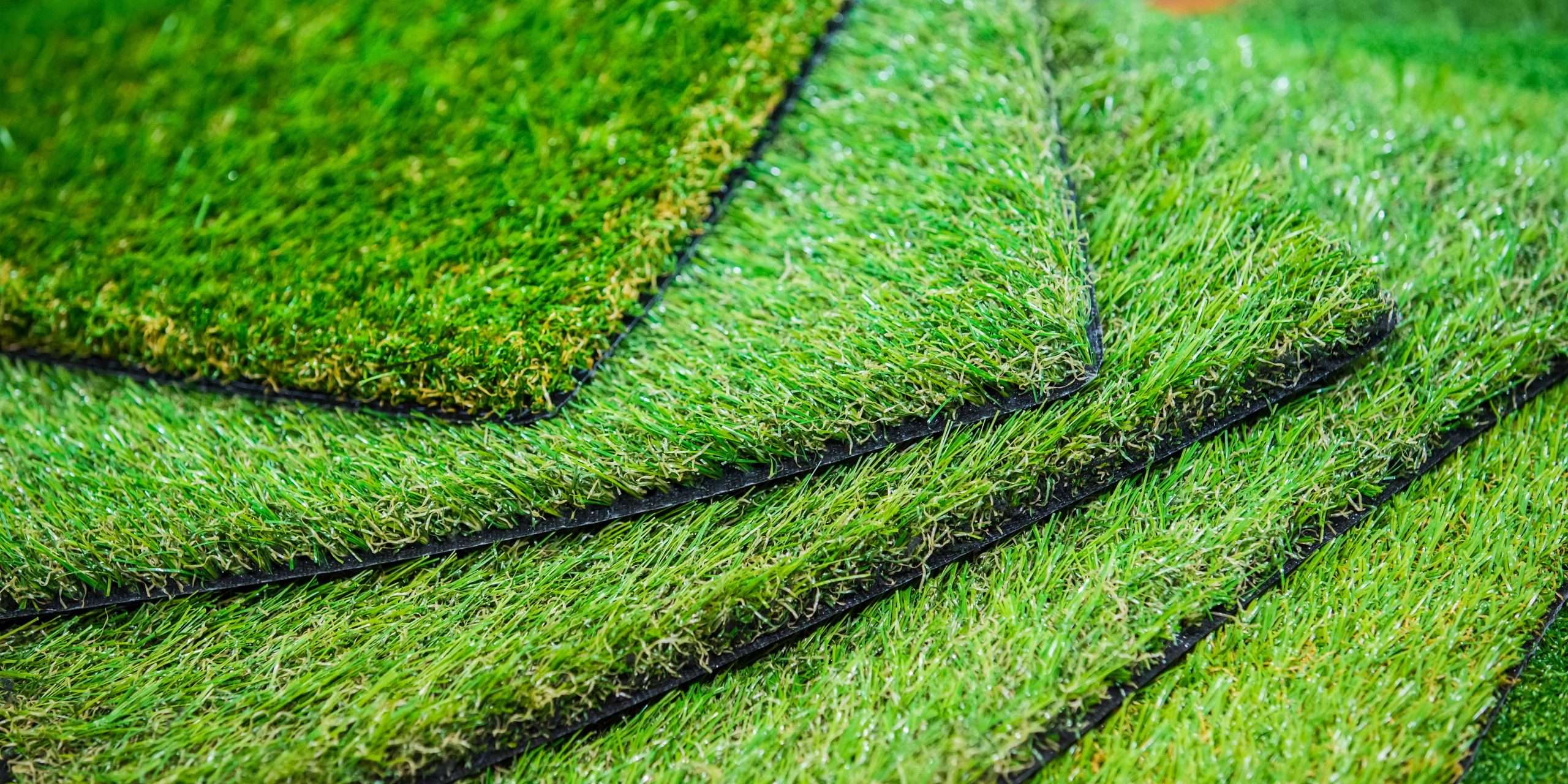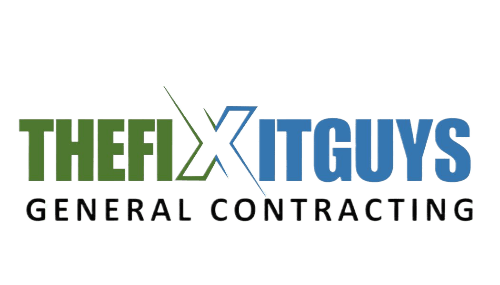In recent years, artificial turf has gained significant popularity as a viable alternative to natural grass. With advancements in technology and increasing environmental concerns, many homeowners and organizations are turning to artificial turf as a greener solution for their outdoor spaces. In this blog, we will explore the reasons behind the growing popularity of artificial turf and its numerous benefits for both residential and commercial use.
Low Maintenance
One of the primary reasons for the rise in artificial turf’s popularity is its low maintenance requirements. Unlike natural grass, which demands regular watering, mowing, and fertilizing, artificial turf eliminates the need for such time-consuming and resource-intensive tasks. With synthetic grass, you can say goodbye to costly irrigation systems, constant lawn care, and weekend chores, allowing you to enjoy a pristine lawn year-round with minimal effort.

Water Conservation
As water scarcity becomes a global concern, many regions are implementing water restrictions and conservation measures. Artificial turf offers an eco-friendly solution by significantly reducing water consumption. Natural grass requires large amounts of water to stay healthy, especially in arid climates or during drought conditions. By opting for artificial turf, you can conserve thousands of gallons of water annually, helping to alleviate the strain on water resources.

Durability and Longevity
Another appealing aspect of artificial turf is its durability and longevity. Synthetic grass is designed to withstand heavy foot traffic, extreme weather conditions, and intense UV exposure without losing its vibrant color or structural integrity. With proper installation and regular maintenance, artificial turf can last for years, making it a cost-effective investment in the long run.

Allergy and Pest-Free
For individuals with grass allergies or sensitivities, artificial turf provides a welcome relief. Unlike natural grass that can trigger allergic reactions, synthetic turf does not produce pollen or harbor allergens. Additionally, artificial turf is resistant to pests, eliminating the need for chemical pesticides and reducing the risk of infestations, such as ticks or fleas, commonly associated with natural grass.

Versatility and Aesthetics
Artificial turf offers endless design possibilities and versatility. It can be installed in a variety of outdoor spaces, including residential lawns, playgrounds, sports fields, and commercial areas. With different blade lengths, colors, and textures available, you can choose the perfect artificial turf to complement your desired aesthetic and enhance the overall appeal of your outdoor area.

Environmental Impact
Choosing artificial turf contributes positively to the environment in several ways. Firstly, it eliminates the need for harmful pesticides and chemical fertilizers, reducing water pollution and minimizing negative impacts on local ecosystems. Secondly, by eliminating the use of gas-powered lawnmowers and trimmers, artificial turf reduces carbon emissions and noise pollution. Lastly, as artificial turf does not require watering, it helps conserve valuable water resources, making it an eco-friendly landscaping option.

The growing popularity of artificial turf is a testament to its numerous advantages over natural grass. From low maintenance requirements and water conservation to durability and aesthetic appeal, synthetic turf offers a greener and more sustainable solution for outdoor spaces. By choosing artificial turf, individuals and organizations can enjoy a lush and vibrant lawn all year round while minimizing their environmental impact. So, if you’re looking for a beautiful, hassle-free, and eco-friendly landscaping option, consider embracing the benefits of artificial turf and transform your outdoor space into a sustainable oasis.


